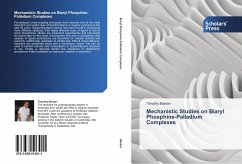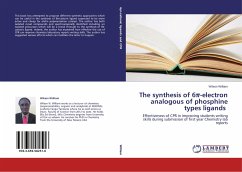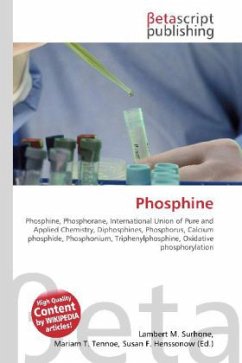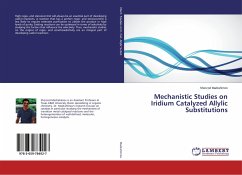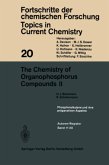Pd-catalyzed cross-coupling processes have become one of the most important and useful class of transformations in organic synthesis in the past 30 years. Supporting ligand design has been crucial in developing more effective catalysts. One highly effective class of ligand is that of biaryl phosphines. Herein are presented experimental and theoretical structural data on this class of phosphine that aids in elucidating what aspects of ligand architecture are beneficial for catalyst stability and reactivity. Additionally, examples of traditionally difficult Suzuki-Miyaura reactions are presented along with a fluorescent sensor that can be used to monitor boronic acid consumption in Suzuki-Miyaura reactions in situ. Finally, a rationale behind the resistance of dialkylbiaryl phosphines toward oxidation by molecular oxidation is described.

